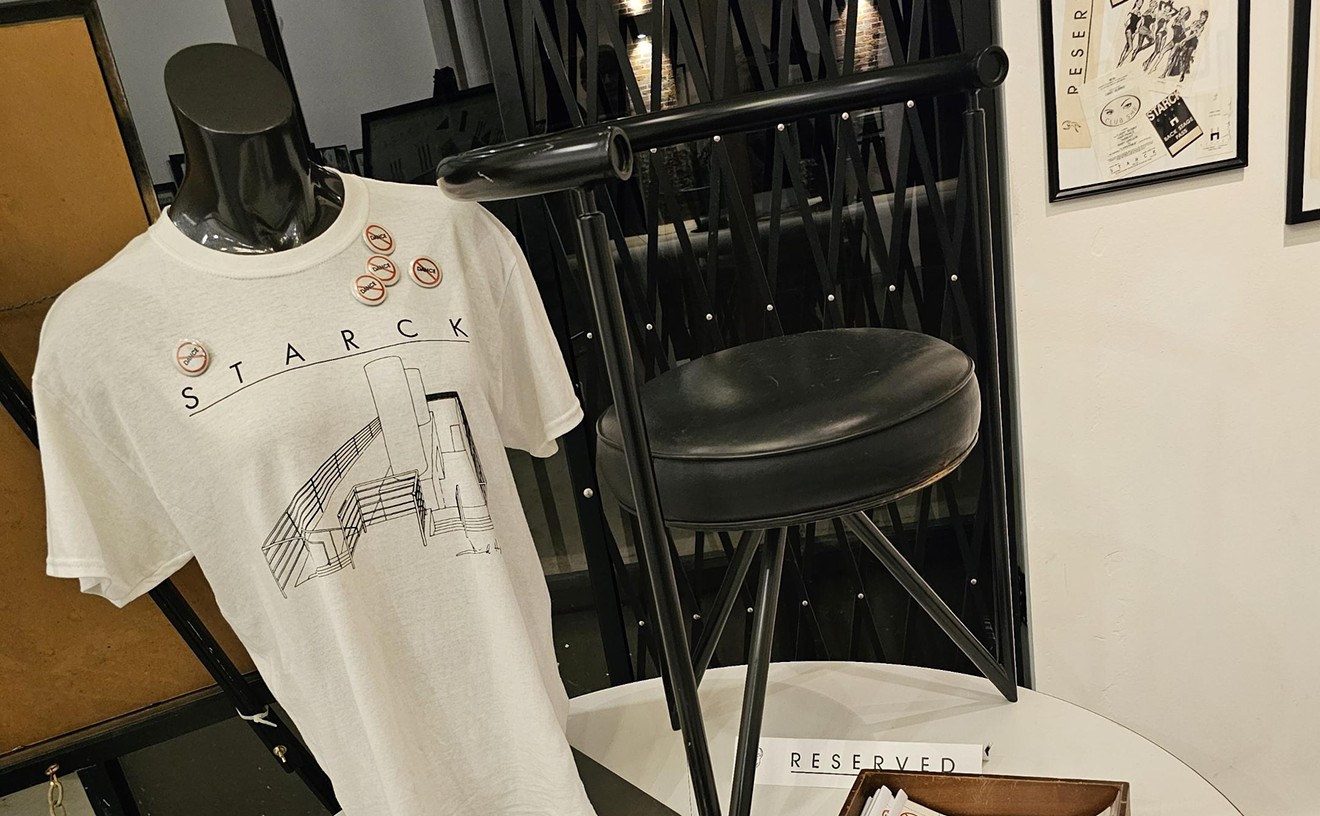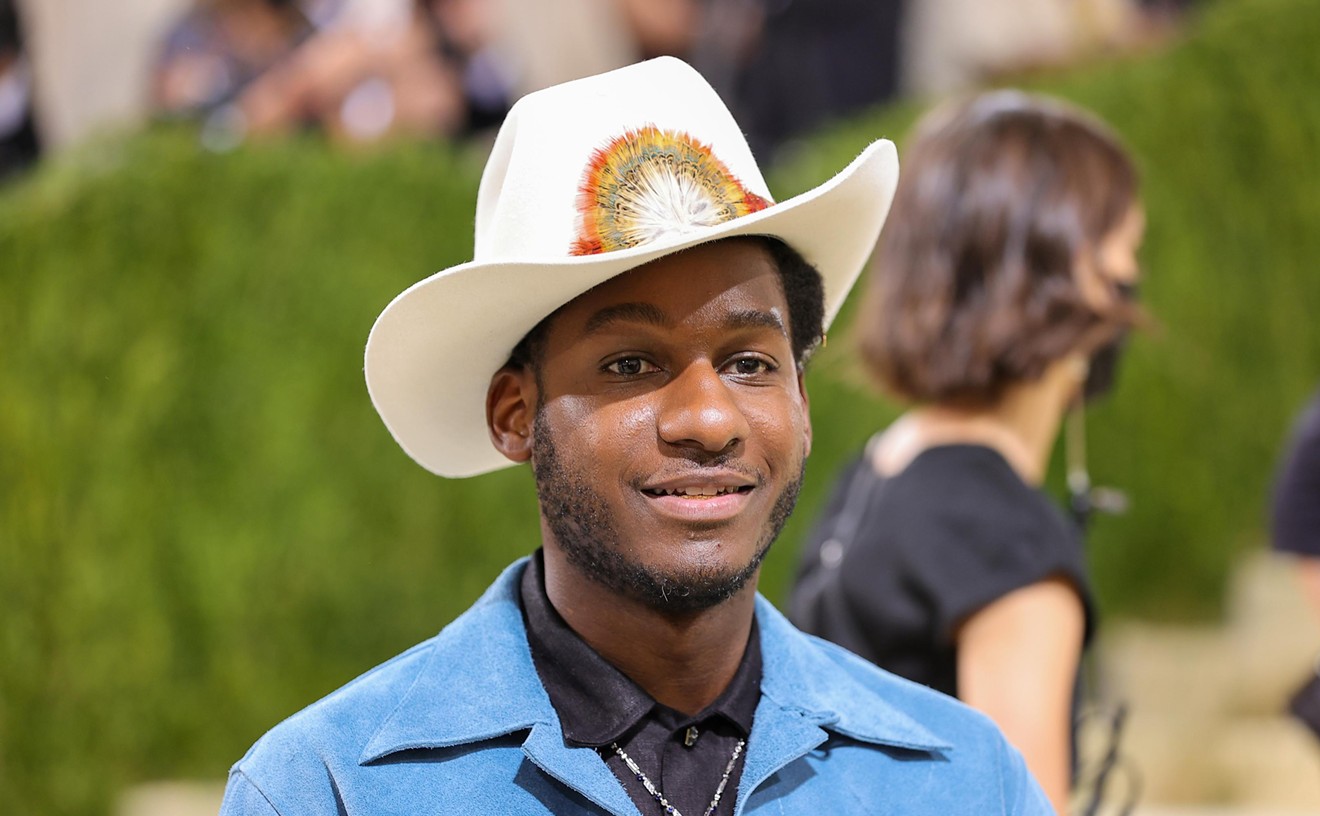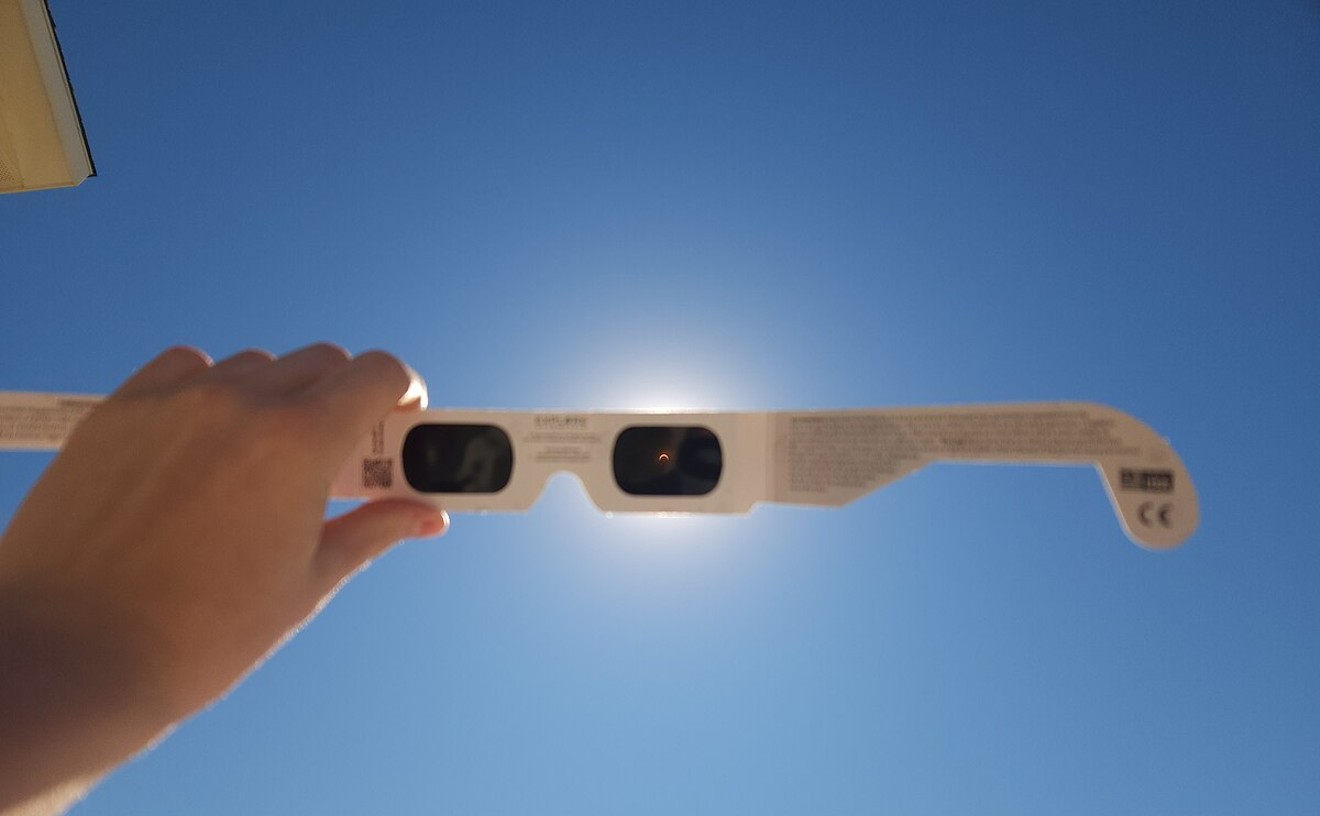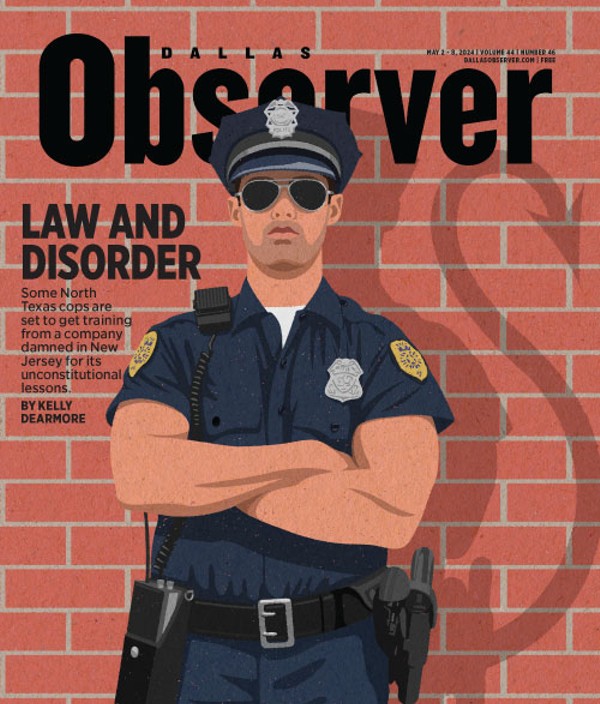But there was something a little more involved than the cross-pollination of like sensibilities with The Boy Friend. Critics have called The Boy Friend a parody, albeit an adoring one, for the way it made predatory female sexuality; adolescent lust; adulterous yearnings; and slumming, gin-swilling rich people the subject of sunny onstage antics. Wilson's marriage of high hopes and low hungers accomplished what the '20s never could, nor can any decade while it's unfolding: finding the soft, silky patches of its own seamy underbelly and stroking them comfortingly. Simultaneously, of course, he was urging the '50s to engage in some heavy petting with its own socially unsanctioned urges.
So the playwright managed a neat trick and strode away from London and New York with box-office receipts spilling out of his arms. And he did it by employing a simple, quite familiar tale about the comic effort to reconcile what other people want for us, what we think we want, and those pesky desires that tease us with irrational hope beneath all the official white noise. But how does The Boy Friend play in 1999, when many of us are so cynical from overexposure to every vain murmuring of the human heart that we might sooner get yuks from, say, a full-length musical version of The Inquisition number from Mel Brooks' History of the World, Part I? In retrospect, the book and score to Wilson's story about proper young English women manipulating the courtship ritual at a boarding school in Nice, France, seems not only slight but painfully conscious of its own slightness, packing dance steps, duets, choruses, and ballads into a plot whose turns could be completed in less than one act.
Nonetheless, I'm pleased to report that Theatre Three, director-costumer-choreographer Bruce Coleman, and the marvelous cast of The Boy Friend achieve a relaxed, satiny groove that keeps us alert and charmed. You're not really aware of the immensity of this accomplishment until the performers take their final bows and you realize that two hours and fifteen minutes of some of the creakiest, most shopworn conceits of any 20th-century era suddenly seem like...well, the bee's knees again.
I can't remember the last time I saw so many people on one stage performing such a variety of intricate vocal and movement styles without straining or chopping the flow. Certainly, Theatre Three should congratulate itself on achieving a new high with its own brand of musical theater, here rolled out with sterling consistency and an attention to detail. This is not about perfection -- not all the actors showcase equal skills for any given demand from the script or score -- it's more about a kind of egalitarian professionalism in which each performer seems to have located his or her own place and moment within Wilson's universe.
The Boy Friend follows the various exploits of the students at Madame Dubonnet's School of Perfect Young Ladies on the eve of a masquerade ball. Mme. Dubonnet (Sally Soldo) is a sort of Auntie Mame for her collection of young nieces, soothing the concerns of one parent who fears that falling in love is permitted at this institution by explaining that she doesn't encourage it..."on the premises." One of her favorite charges is Polly (Katherine Bongfeldt), a wispy young heart who's the only one in her gaggle of giggly girlfriends not to have secured a boyfriend for the carnival dance. She's considerably less aggressive than, say, Maisie (Yolanda Williams), who keeps amour Bobby (Patrick Amos) on a short leash that she threatens to release at any moment (as for why she keeps so many other young men interested in her possibilities, her reply is the quite pragmatic musical number "There's Safety in Numbers"). Quite unexpectedly, Polly falls for a delivery boy named Tony (Donald Fowler) who seems all the more attractive for what a socially inappropriate arrangement he would make; her stern father, Percy (Terry Vandivort), has warned her that most men will only be interested in her for her fortune. It's true love, of course, with a variety of stretched-thin little subplots orbiting around these paramours fated for eternal bliss (or, at the very least, a really hot honeymoon roll).
Again, the real pleasure of T3's The Boy Friend doesn't reside in the show's gloppy, treacly pudding of a heart (although those who are long in the sweet tooth will certainly get their sugar fix and then some), but in the pure white electricity of charisma that the actors conduct like interconnected power lines down this long musical journey. Bongfeldt and Soldo have the kind of pipes that would raze any glass house, and they have duets, respectively, with Fowler and Vandivort, actors with voices of notably less range and power. Yet Fowler and Vandivort stand as hearty and harmonious inside their lyric exchanges with these women as inside their characters. If Fowler occasionally seems to be overwhelmed dialogue-wise by Bongfeldt, that's probably because his is the most underwritten major role in this show (this might feel like sweet revenge to every woman who's sat through a male coming-of-age story to hear precisely three lines spoken by the protagonist's love interest). But he's tenderly convincing in his dance steps, and if the rest of the time he's called upon mostly to stand there and look strapping and vulnerable, he answers that clarion smartly.
Theater is often cited as a medium in which the word reigns supreme and the writer is at least the equal of any other artist working onstage. Then you see a show like Theatre Three's The Boy Friend and realize how much directors and actors and designers can do with a script that, even by the quality standards of fluff, seems overinflated. The staggering amount of work that Bruce Coleman and these artists and designers must have invested in this stellar production doesn't show up at all, and I mean that as a compliment -- you come away from the final production with the infectious sense of stage artists at sincere, but never serious, play.










